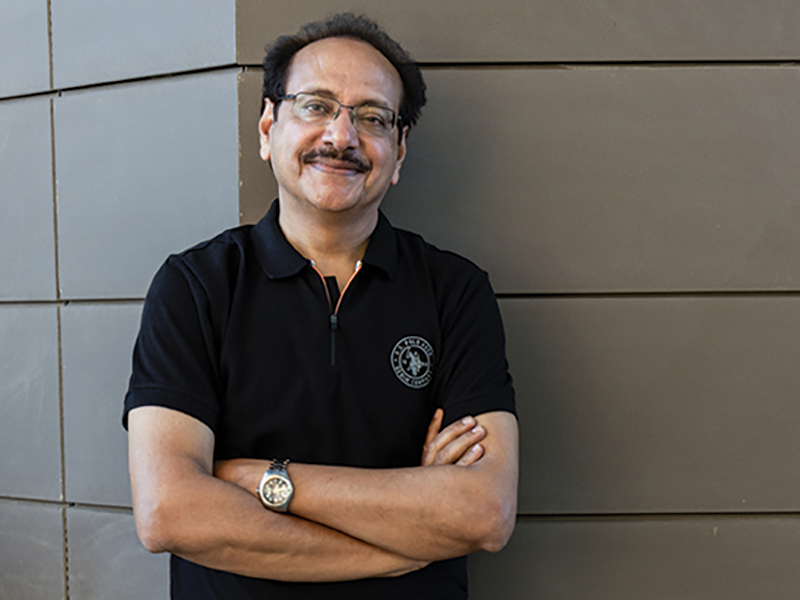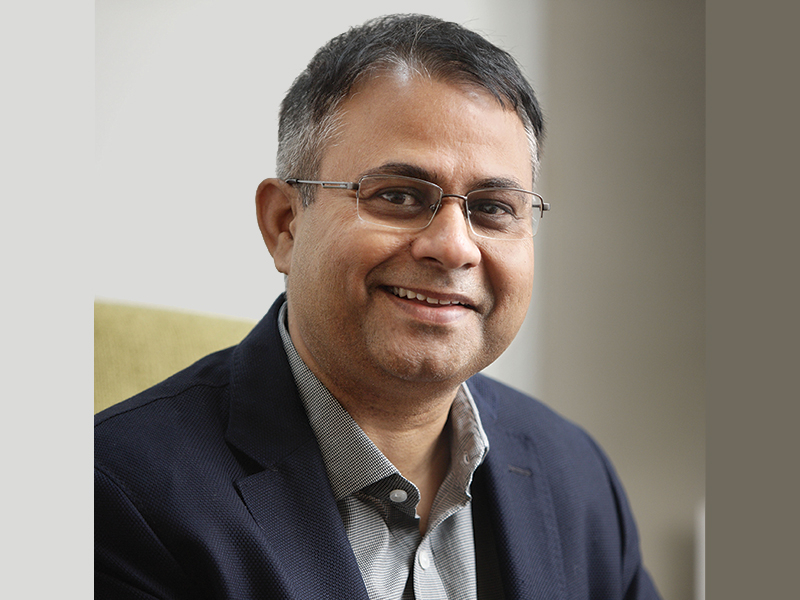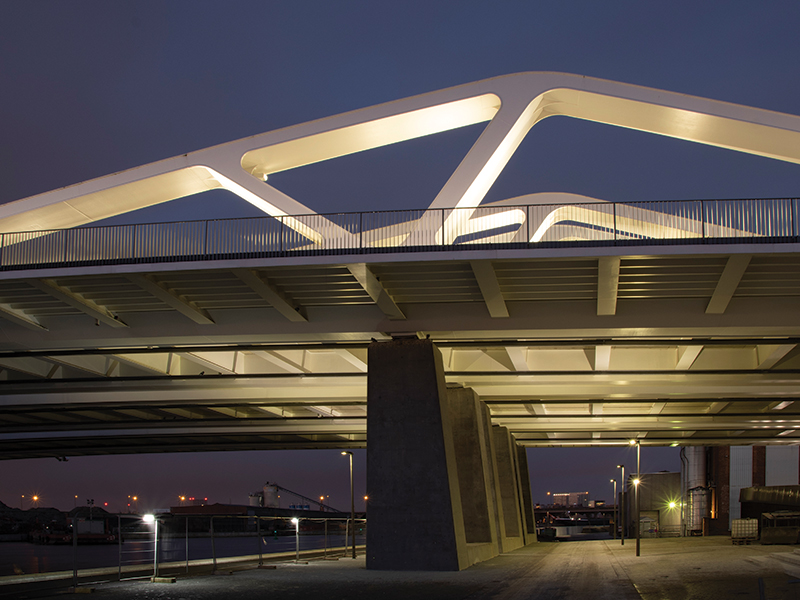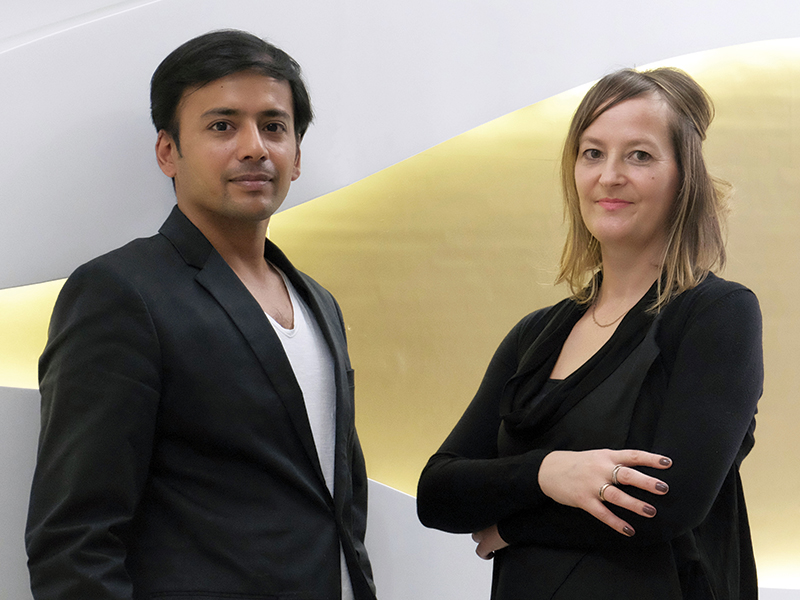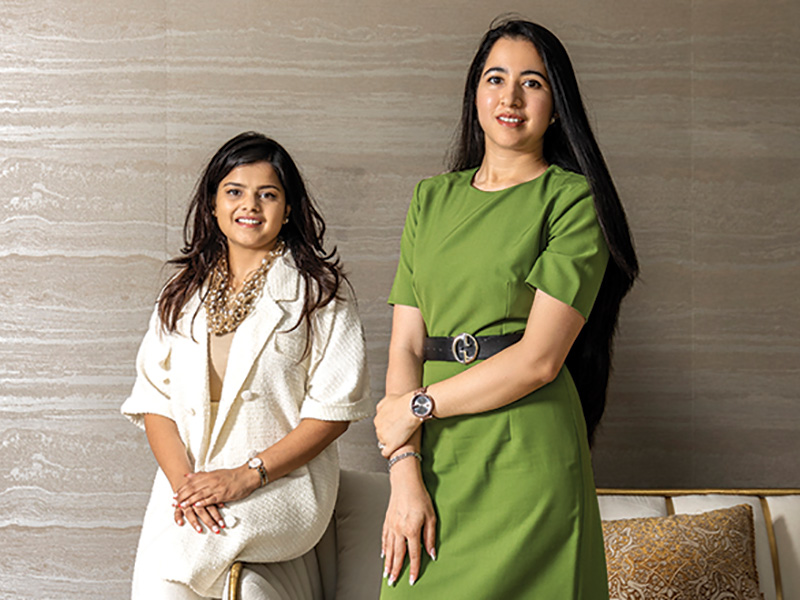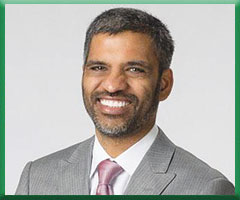
More than 20 years ago, the USGBC started as a vision; today, it is an unparalleled community of sustainability-focused and like-minded people responsible for anchoring one of the most important environmental movements of our time. In 2000, the very first LEED green buildings were certified, propelling the multi-billion-dollar global green building industry and spurring explosive growth in energy-efficient, green buildings across the globe.
In 2008, USGBC created GBCI, an independent certification and credentialing organization, to accelerate the mission of USGBC and the adoption of LEED. In 2015, USGBC incorporated GBCI in India and opened an office in Gurgaon, to provide stronger, on-the-ground customer support for regional project teams. This new operational hub better positions GBCI to deliver full-service onsite certification and verification.
GBCI works with business and government officials to help address and meet the priority needs of a rapidly urbanizing India. Its new office improves India’s access to resources, helping accelerate the greening of the nation’s built environment.
Today, LEED is the most widely used green building rating program in the world, and one of the single most powerful economic development tools for revitalizing and scaling sustainable buildings across the globe. LEED has become a full-scale global movement, with nearly 90,000 registered and certified projects and more than 19.15 billion square feet participating in LEED across 165 countries and territories. Every day, 2.2 million square feet of building space certifies to LEED.
Buildings are responsible for an enormous amount of global energy use, resource consumption and greenhouse gas emissions. As the demand for more sustainable building options increases, green construction is becoming increasingly profitable and desirable within the international construction market.
In the United States alone, buildings account for almost 40% of national CO2 emissions and out-consume both the industrial and transportation sectors. But LEED-certified buildings have 34% lower CO2 emissions, consume 25% less energy and 11% less water, and have diverted more than 80 million tons of waste from landfills.
The market is responding to these cost savings and environmental benefits at a dramatic rate. According to a Dodge Data & Analytics World Green Building Trends 2016 SmartMarket Report, the global green building sector continues to double every three years, with survey respondents from 70 countries reporting 60% of their projects will be green by 2018.
Green building is cost-effective
- Upfront investment in green building makes properties more valuable, with an average expected increase in value of 4 percent. By virtue of lowered maintenance and energy costs, the return on investment from green building is rapid; green retrofit projects are generally expected to pay for itself in just seven years.
- Green buildings reduce day-to-day costs year-over-year. LEED buildings report almost 20% lower maintenance costs than typical commercial buildings, and green building retrofit projects typically decrease operation costs by almost 10% in just one year.
- Between 2015 and 2018, LEED-certified buildings in the United States are estimated to have $1.2 billion in energy savings, $149.5 million in water savings, $715.2 million in maintenance savings, and $54.2 million in waste savings.
- The green building sector is outpacing overall construction growth in the United States and will continue to rise. By 2018, green construction will directly contribute 1.1 million jobs and $75.6 billion in wages by 2018 in the United States. The industry’s direct contribution to U.S. Gross Domestic Product (GDP) is also expected to reach $303.5 billion from 2015-2018. LEED building construction projects are estimated to contribute 386,000 jobs and $26.2 billion in wages by 2018.
- As of May 2017, more than 19.1 billion square feet of building space worldwide is LEED-certified and an approximately 2.2 million square feet achieves LEED certification each day.
- LEED is the international standard of excellence in green building, with more than 90,000 LEED projects in 165 countries and territories.
- LEED projects are getting results across the board, scoring an average Energy Star score of 89 points out of a possible 100. In a study of 7,100 certified construction projects, more than 90% were improving energy performance by at least 10%.
- Buildings are positioned to have an enormous impact on the environment and climate change. At 41% of total U.S. energy consumption, buildings out-consume the industrial (30%) and transportation (29%) sectors.
- Buildings use about 14% of all potable water (15 trillion gallons per year), but water-efficiency efforts in green buildings are expected to reduce water use by 15% and save more than 10% in operating costs. Retrofitting one out of every 100 American homes with water-efficient fixtures could avoid about 80,000 tons of greenhouse gas emissions, which is the equivalent of removing 15,000 cars from the road for one year.
- Standard building practices use and waste millions of tons of materials each year; green building uses fewer resources and minimizes waste. LEED projects are responsible for diverting more than 80 million tons of waste from landfills, and by 2030 that number is expected to grow to 540 million tons.
Greenbuild India
Every year, USGBC produces Greenbuild - the largest green building conference and expo in the world. This is where the contributions of USGBC, GBCI and our community members come together. Founded in 2002, Greenbuild brings together industry leaders, experts and frontline professionals dedicated to sustainable building.
This year, the event will make its debut in Mumbai for the first time ever on November 2-4 at Bombay Exhibition Centre (BEC).
Why India?
India is a high performer in green building, ranking third among the Top 10 Countries for LEED green building. In 2016, nearly 650 Indian building projects earned LEED certification. Greenbuild India is where you can learn about current research and best practices to elevate your business; connect with sustainability experts; and see innovative technologies and products first hand.
Greenbuild India is presented by the USGBC and ABEC Exhibitions & Conferences.
- It brings together thousands of future-minded building professionals from all over the world.
- Features an exhibit hall that showcases new and innovative products.
- Special LEED workshops and seminars.
- Inspirational keynote sessions where some of the best and the brightest speakers explore the issues of our time.
- With many on-site educational offerings, it is a one-stop shop for maintaining LEED professional credentials, including the LEED Green Associate and LEED AP.
- A remarkable place to network – attendees cite that the Greenbuild networking experience is one of the top reasons they attend every year.
- A unique opportunity to learn the latest about LEED v4 strategies involving energy, water, ecosystems, human health, and more.
- Offers important information on the other GBCI rating programs.
For information on Greenbuild India: www.greenbuild.usgbc.org/india

